Top speed 185 km/h Wingspan 10 m First flight March 12, 1955 | Length 9.66 m Introduced 2 May 1957 | |
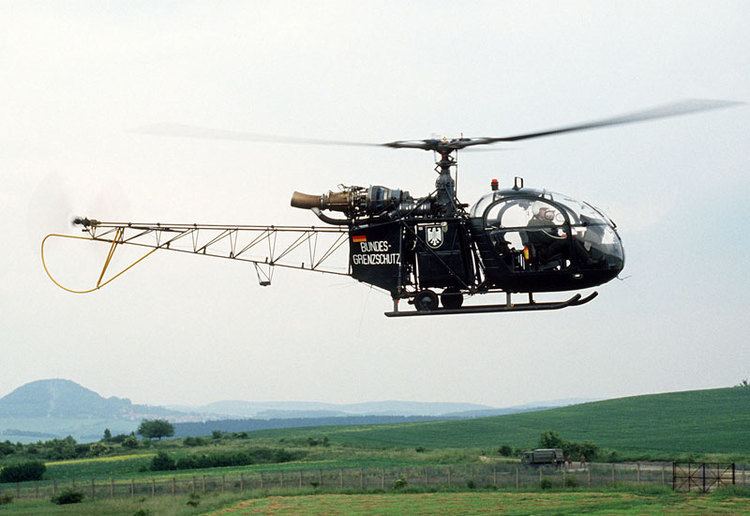 | ||
Manufacturers | ||
The Aérospatiale Alouette II ([alwɛt], Lark) is a light helicopter originally manufactured by Sud Aviation and later Aérospatiale, both of France. The Alouette II was the first production helicopter to use a gas turbine engine instead of the conventional heavier piston powerplant.
Contents
- Design and development
- Operational history
- Variants
- Operators
- Former operators
- Specifications Alouette II
- References

The Alouette II was mostly used for military purposes in observation, photography, air-sea rescue, liaison and training, but it has also carried anti-tank missiles and homing torpedoes. As a civilian helicopter it was used for casualty evacuation (with two external stretcher panniers), crop-spraying and as a flying crane, with a 500-kilogram (1,100 lb) external underslung load.
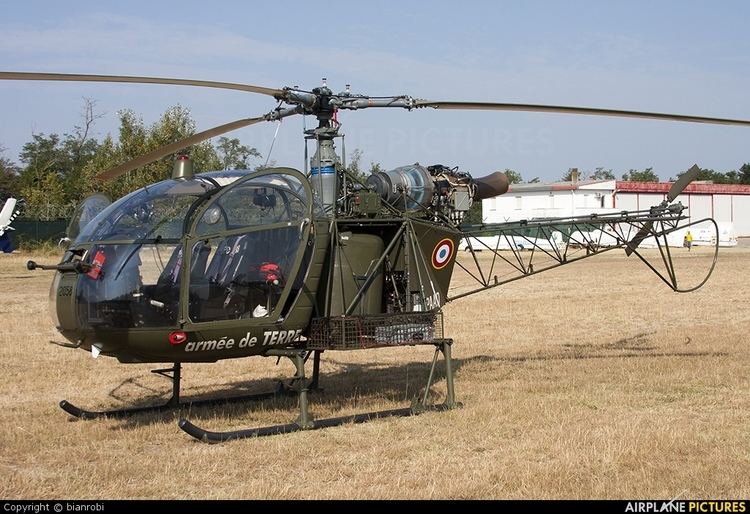
Design and development
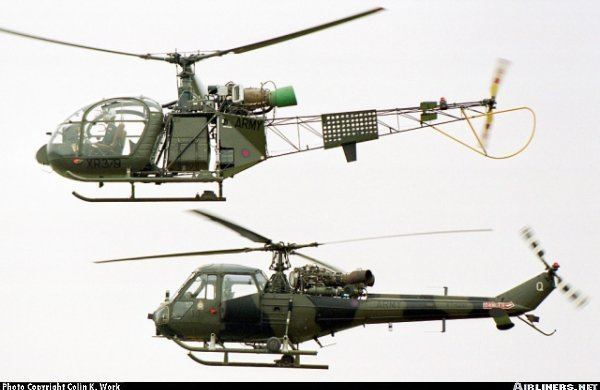
Although Sud-Est's previous helicopter design, the SE 3120 Alouette, broke helicopter speed and distance records in July 1953, it was too complex an aircraft to market successfully. With the records falling, the French government started showing interest, but with their financial backing, the state gave an ultimatum that within two years a helicopter had to be in production, otherwise all rotary wing activities would cease. SNCASE came up with seven helicopter designs powered by turboshaft engines: X.310A - X.310G. Earlier Joseph Szydlowski, the founder of Turbomeca, had successfully managed to develop the Artouste, a 260 hp (190 kW) single shaft turbine engine derived from his Orédon turbine. The X.310G design was chosen and, together with the Artouste engine, was fast-tracked towards production as the SE 3130 Alouette II.
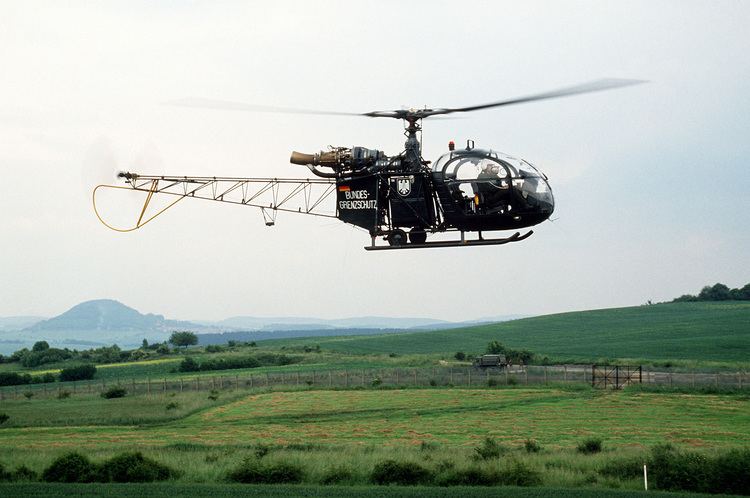
On 12 March 1955, the prototype SE 3130 performed its maiden flight; within three months, on 6 June, a pre-production Alouette II flown by Jean Boulet set a new helicopter altitude record of 8,209 m (26,932 ft). According to the manufacturer, such early demonstrations of the Alouette II had served to promote the performance and advantages of turbine helicopters over their piston-engined counterparts.
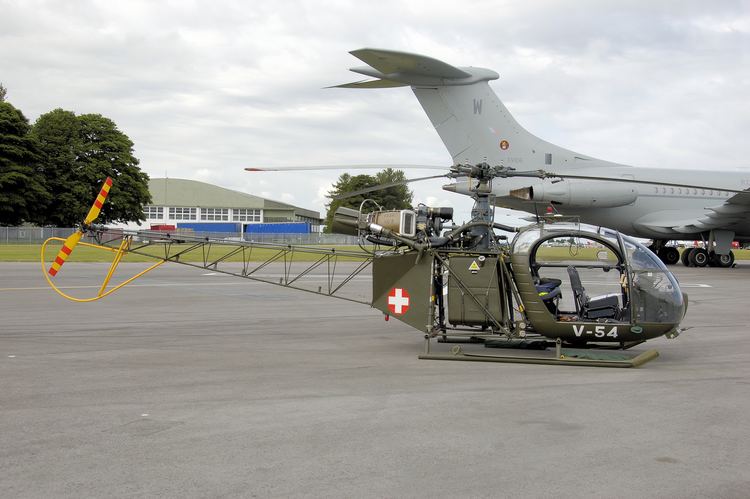
In April 1956, the first production Alouette II was completed, making it the first production turbine-powered helicopter in the world. Upon completion, several of the initial production models were dispatched for a series of evaluation flights in the Alps. On 13 June 1958, a single SE 3130, again flown by Boulet, re-took the record, reaching a height of 10,984 m (36,027 ft). In 1975, production of the Alouette II ended after more than 1,300 had been built; in 1969, a new high-altitude variant, the Aérospatiale SA 315B Lama had been developed to replace it in this niche capacity.
Operational history
The Alouette II made the news on 3 July 1956, when it became the first helicopter to perform a mountain-rescue by evacuating a mountaineer who had suffered from cardiac arrest at over 4,000 m (13,000 ft), and again on 3 January 1957 the Alouette II was called upon to rescue the crew of a crashed Sikorsky S-58, which was searching for missing mountaineers Jean Vincendon and François Henry on Mont Blanc.
The Alouette II was awarded a domestic certificate of airworthiness on 2 May 1957.
Production started initially to fulfil orders from the French military and civilian customers. It was the first helicopter worldwide to be equipped with anti-tank munitions (Nord SS.11s), and by the time production ended in 1975, over 1,500 Alouette IIs had been built and in use in over 80 countries, including 47 armed forces. It was produced under licence by Brazil, Sweden, India and in the United States. India's Hindustan Aeronautics Limited SA 315B Lamas, termed the "Cheetah", was regularly deployed at 7,500 meters (24,600 ft) to forward observation outposts and air bases of the Indian Air Force in the Himalayas.
Variants
Operators
Former operators
Specifications (Alouette II)
Data from Jane's All The World's Aircraft 1966–67
General characteristics
Performance
